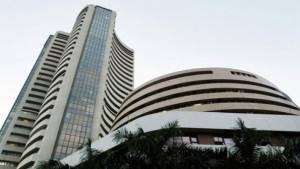Mumbai:The rupee resumed its descent on Wednesday to move within sight of a record low hit a day earlier, with policymakers set to discuss fresh measures to defend the worst performing Asian currency of the year so far.Financial sector regulators, including Raghuram Rajan, who was on Tuesday appointed to take over next month as governor of the Reserve Bank of India, were due to meet in Mumbai amid speculation that the government will soon announce steps to spur capital inflows.A newspaper reported on Wednesday that New Delhi was likely to relax borrowing rules for debt-laden Indian companies including doubling the amount a firm can borrow overseas to $1.5 billion.
“Everyone is expecting the government and RBI to announce some steps. How long will they help the rupee depends on what steps they take,” said Anjali Verma, economist at PhillipCapital in Mumbai.New Delhi has considered a sovereign bond issue or a NRI bond sale by state-run firms, although a sovereign issue has been opposed by the central bank.Policymakers have sought to avoid raising the policy repo rate, which would likely force up bank lending rates, for fear of exacerbating a slowdown in an economy that grew 5 percent in the last fiscal year – its slowest rate in a decade.
“A strong move like a repo hike or a NRI bond sale may have a substantial positive impact,” Verma said.The central bank’s costly gamble last month to raise short-term interest rates and drain market liquidity in order to defend the rupee at the cost of crimping corporate credit is not paying off, with the currency down 2.5 percent since before the measures were unveiled on July 15.
It fell to a record low of 61.80 to the dollar on Tuesday before recovering on RBI buying late in the day that took it back to 60.77/78 by the close. But by late morning on Wednesday it was headed down, again to stand around 61.45.
“In our view, to restore market confidence, the authorities need to change the strategy and admit to the seriousness of imbalances in the economy and come up with a strong package of measures addressing both short-term flows and the need to stimulate growth and reduce the current account deficit.”

